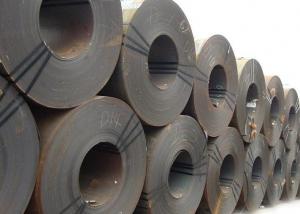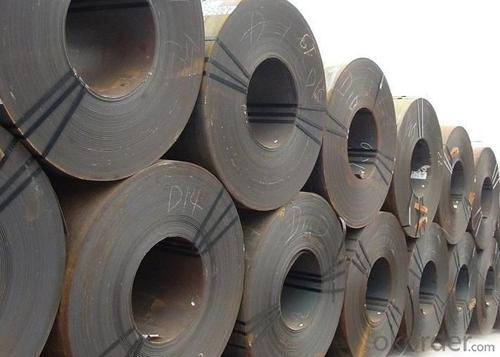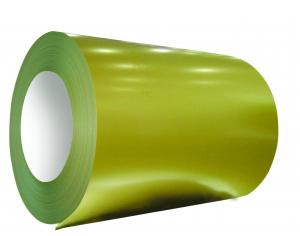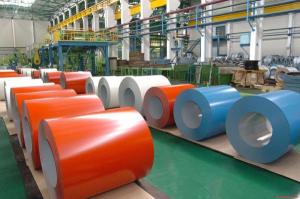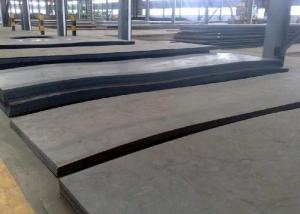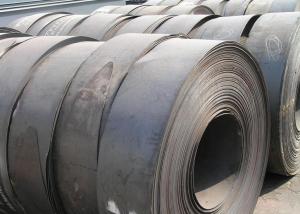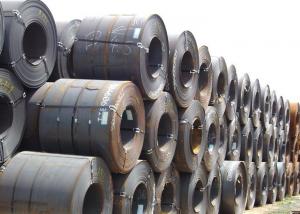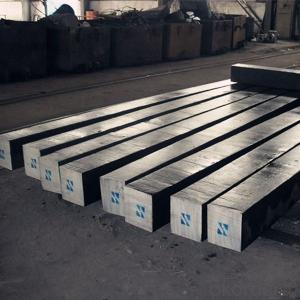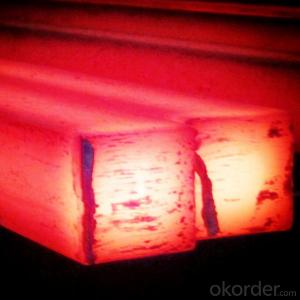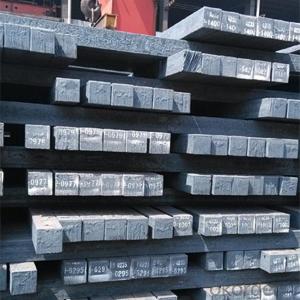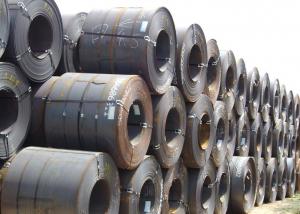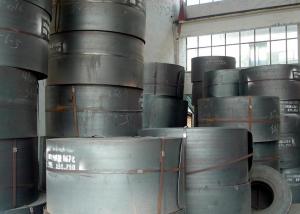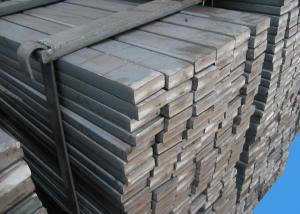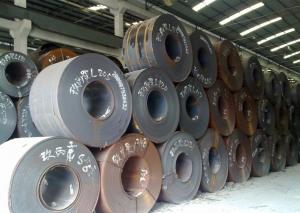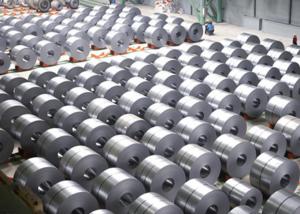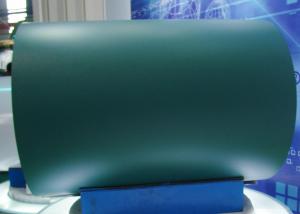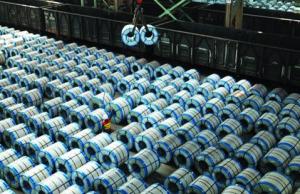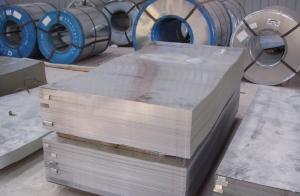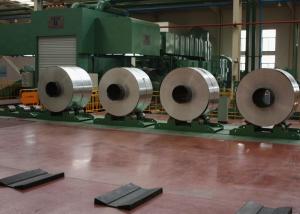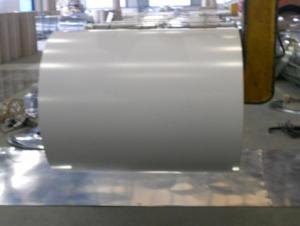Hot Rolled Steel JIS, 60mm-100mm With Quality Assurance
- Loading Port:
- China Main Port
- Payment Terms:
- TT or L/C
- Min Order Qty:
- 50 tons m.t.
- Supply Capability:
- 50000 Metric Tons Per Month m.t./month
OKorder Service Pledge
OKorder Financial Service
You Might Also Like
Specification Of Hot Rolled Steel JIS, 60mm-100mm With Quality Assurance
|
|
Thickness |
Width |
Length |
Coil Inside Diameter |
|
HOT ROLLED STEEL COIL |
1.50~25.0mm |
600~2000mm |
|
762mm |
|
HOT ROLLED STEEL STRIP |
1.50~20.0mm |
30~720mm |
|
762mm |
|
HOT ROLLED STEEL PLATE |
6.00~700mm |
500~4500mm |
4000~18000mm |
|
|
HOT ROLLED STEEL SHEET |
1.20~25.0mm |
50~2000mm |
0~18000mm |
|
|
HOT ROLLED STEEL CHEQUERED |
1.40~10.0mm |
900~1500mm |
0~18000mm |
|
Standard &Grade Of Hot Rolled Steel JIS, 60mm-100mm With Quality Assurance
|
|
JIS |
ASTM |
SAE |
EN |
|
Commercial Quality |
G3131 SPHC |
A569 A635 A659 A1011 CS Type A, B, C |
1006~1025 |
10111 DD11 |
|
Drawing Quality |
G3131 SPHD |
|
1006~1010 |
10111 DD12 |
|
Deep Drawing Quality |
G3131 SPHE |
A622 A1011 DS Type A, B |
1006~1010 |
10111 DD13 DD14 |
|
General Structure (T.S.<490N/mm2) |
G3101 SS330 SS400 G3106 SM400A G3132 SPHT1 SPHT2 SPHT3 |
A36 A283 GR.C A570 GR.30~40 A1001 SS GR.30~40 |
1010~1025 |
|
|
General Structure (T.S.≥490N/mm2) |
G3101 SS490 G3106 SM490A SM490YA G3132 SPH4 |
A570 GR.45~50 A607 GR.45~70 A1011 SS GR.45,50 A1011 HSLAS GR.45~70 |
J1392 050X |
|
Definition of Hot Rolled Steel JIS, 60mm-100mm With Quality Assurance
Rolled to its final dimensions while it’s hot enough to scale, our hot-rolled steel is an amalgamation of the various qualities of steel. It can be in the form of plates, sheets and coils. Our Hot-Rolled Steel Sheets and Coils are applied to a wide range of uses such as automobile, electrical appliance, machinery manufacturing, container manufacturing, shipbuilding, bridge, pipeline, and receive high acclaim from our customers for its excellent quality.
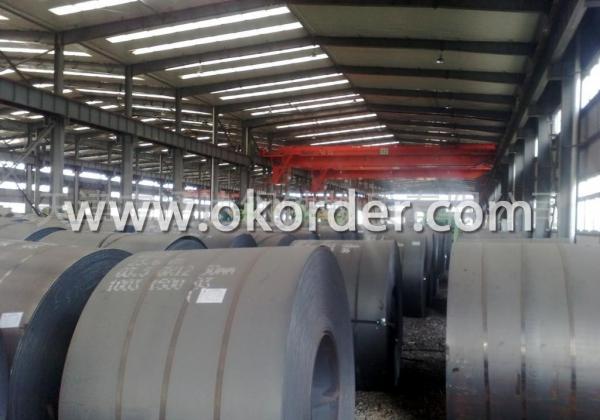
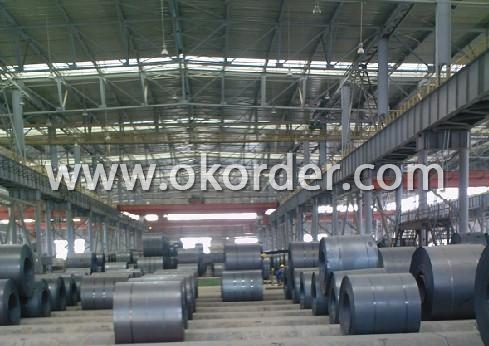
Usage/Application Of Hot Rolled Steel JIS, 60mm-100mm With Quality Assurance
As raw material for:
Container &Pipe Production
Carbon Structural Steel
Low Alloy Steel
High Quality Carbon Structural Steel
Atmospheric Corrosion Resistant Steel
Low Carbon Steel (Commercial Quality, Drawing Quality, Deep Drawing Quality)
Packaging & Delivery Of Hot Rolled Steel JIS, 60mm-100mm With Quality Assurance
The packing of coils consists of anti-damp paper, PVC film, hardboard paper, steel box, strapped with steel strips, fitted with locks and edge protectors and guarantees the optimal condition of the delivered goods. Each coil can be additionally fitted with wooden/steel skids(eye to the side) or wooden pallets(eye to the sky).
Bulk shipment packed with steel belt.
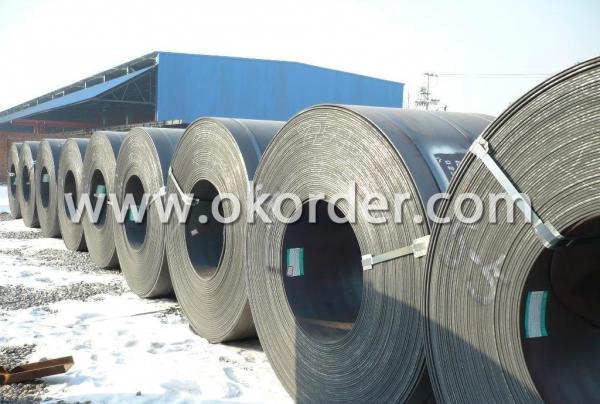
- Q: What are the applications of steel angles?
- Steel angles have a wide range of applications in various industries. They are commonly used in the construction industry for structural support, such as in building frames, bridges, and sign structures. Steel angles are also utilized in the manufacturing sector for machinery frames, equipment supports, and conveyor systems. Additionally, they find application in the automotive industry for chassis components, as well as in the furniture industry for manufacturing shelves and brackets. Overall, steel angles are versatile and essential components in many structural and manufacturing applications.
- Q: What are the common types of steel products used in the pet photography and videography industry?
- In the pet photography and videography industry, some common types of steel products used include tripods, camera mounts, light stands, and backdrop support systems. These steel products provide stability and durability, ensuring steady shots and capturing the perfect moments with pets.
- Q: How is steel used in the construction of industrial buildings and warehouses?
- Steel is commonly used in the construction of industrial buildings and warehouses due to its strength, durability, and cost-effectiveness. It is used for structural frames, beams, columns, and trusses, providing a sturdy framework that can support heavy loads and withstand harsh environmental conditions. Additionally, steel allows for larger open floor plans and flexible layouts, making it easier to customize the interior space to meet specific requirements.
- Q: How is steel used in the construction of shopping malls and retail centers?
- Steel is commonly used in the construction of shopping malls and retail centers due to its strength, durability, and versatility. It is used for the structural framework, supporting columns, beams, and roof systems, providing stability and safety for large open spaces. Steel is also used to create escalators, elevators, and staircases in these buildings. Additionally, steel is utilized for the exterior cladding, as well as interior finishes such as ceilings and partitions. Its use in construction allows for efficient and cost-effective construction processes, enabling the creation of spacious and aesthetically appealing shopping environments.
- Q: How is steel rebar used in concrete construction?
- Steel rebar, also known as reinforcing bar, is used in concrete construction to provide additional strength and stability to the concrete structures. It is placed within the concrete forms prior to pouring the concrete and acts as a reinforcement by absorbing tension forces and preventing cracks and failures. The rebar is strategically positioned to distribute the load evenly and enhance the overall structural integrity of the concrete.
- Q: What are the different types of steel pipes and their applications?
- There are several types of steel pipes with different applications. Some common types include carbon steel pipes, stainless steel pipes, galvanized steel pipes, and alloy steel pipes. - Carbon steel pipes are widely used in various industries due to their strength and durability. They are commonly used in plumbing, construction, and oil and gas pipelines. - Stainless steel pipes are corrosion-resistant and widely used in applications that require high hygiene standards, such as food and beverage production, pharmaceuticals, and chemical processing. - Galvanized steel pipes are coated with a layer of zinc to prevent corrosion and are commonly used in plumbing, outdoor structures, and water distribution systems. - Alloy steel pipes are made from a combination of different metals to enhance their strength, temperature resistance, and other properties. They are used in high-pressure and high-temperature applications, such as power generation plants and petrochemical industries.
- Q: How does steel pipe threading for fire sprinkler systems work?
- Steel pipe threading for fire sprinkler systems involves the process of cutting grooves into steel pipes to create a threaded connection. This threading is done using a specialized machine called a pipe threader. The threaded connection allows the individual pipes to be easily joined together, ensuring a secure and leak-proof connection.
- Q: What are the different types of steel flanges and their uses?
- There are several different types of steel flanges, each with their own unique design and applications. Some common types include welding neck flanges, slip-on flanges, blind flanges, socket weld flanges, and threaded flanges. Welding neck flanges are ideal for high-pressure and temperature applications, as they provide a strong connection and prevent leakage. Slip-on flanges are easier to install and are commonly used for low-pressure systems. Blind flanges, as the name suggests, are used to close the end of a pipe or vessel and are often employed for testing or maintenance purposes. Socket weld flanges are used in smaller pipe sizes and have a socket for pipe insertion, providing a secure and reliable joint. Threaded flanges, on the other hand, have internal threads that allow them to be screwed onto the pipe, making them suitable for low-pressure applications. Overall, the choice of steel flange depends on factors such as pressure, temperature, pipe size, and the specific requirements of the system.
- Q: How are steel products used in the construction of theme-based wildlife safari parks?
- Steel products are used in the construction of theme-based wildlife safari parks in various ways. They are commonly used for the construction of enclosures and fences to ensure the safety of both the animals and visitors. Steel is also used for the construction of walkways, viewing platforms, and bridges within the park, providing a sturdy and durable infrastructure. Additionally, steel is utilized in the fabrication of animal exhibit structures and support systems, such as aviaries and feeding stations. Overall, steel products play a crucial role in creating a secure and functional environment for both the wildlife and visitors in theme-based wildlife safari parks.
- Q: What are the advantages of using steel bars in construction?
- There are several advantages of using steel bars in construction. Firstly, steel bars provide excellent tensile strength, making them ideal for reinforcing concrete structures and enhancing their load-bearing capacity. Additionally, steel bars are highly durable and resistant to corrosion, ensuring the longevity and structural integrity of the construction. Moreover, steel bars are versatile and can be easily molded and shaped to fit various construction needs, making them suitable for a wide range of applications. Lastly, using steel bars in construction allows for efficient and cost-effective building processes, as they can be prefabricated off-site and easily transported to the construction site.
1. Manufacturer Overview
| Location | Hebei, China |
| Year Established | 2002 |
| Annual Output Value | |
| Main Markets | North America Eastern Asia Africa Eastern Europe Southeast Asia Western Europe |
| Company Certifications | ISO 9001;ISO 14001 |
2. Manufacturer Certificates
| a) Certification Name | |
| Range | |
| Reference | |
| Validity Period |
3. Manufacturer Capability
| a) Trade Capacity | |
| Nearest Port | Tianjin; Qingdao |
| Export Percentage | 50% |
| No.of Employees in Trade Department | 50 People |
| Language Spoken: | English; Chinese |
| b) Factory Information | |
| Factory Size: | 30000 square meters |
| No. of Production Lines | Above 10 |
| Contract Manufacturing | OEM Service Offered |
| Product Price Range | Average |
Send your message to us
Hot Rolled Steel JIS, 60mm-100mm With Quality Assurance
- Loading Port:
- China Main Port
- Payment Terms:
- TT or L/C
- Min Order Qty:
- 50 tons m.t.
- Supply Capability:
- 50000 Metric Tons Per Month m.t./month
OKorder Service Pledge
OKorder Financial Service
Similar products
Hot products
Hot Searches
Related keywords
